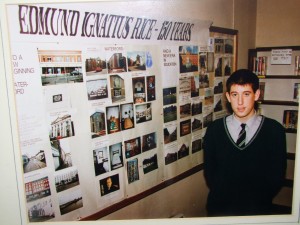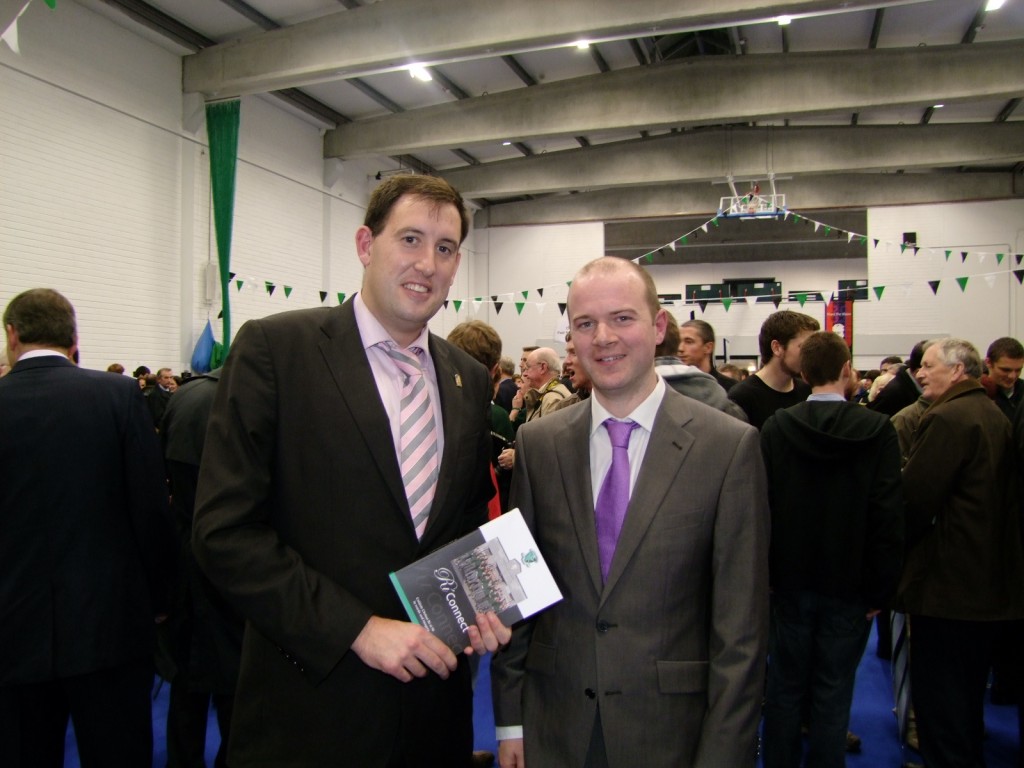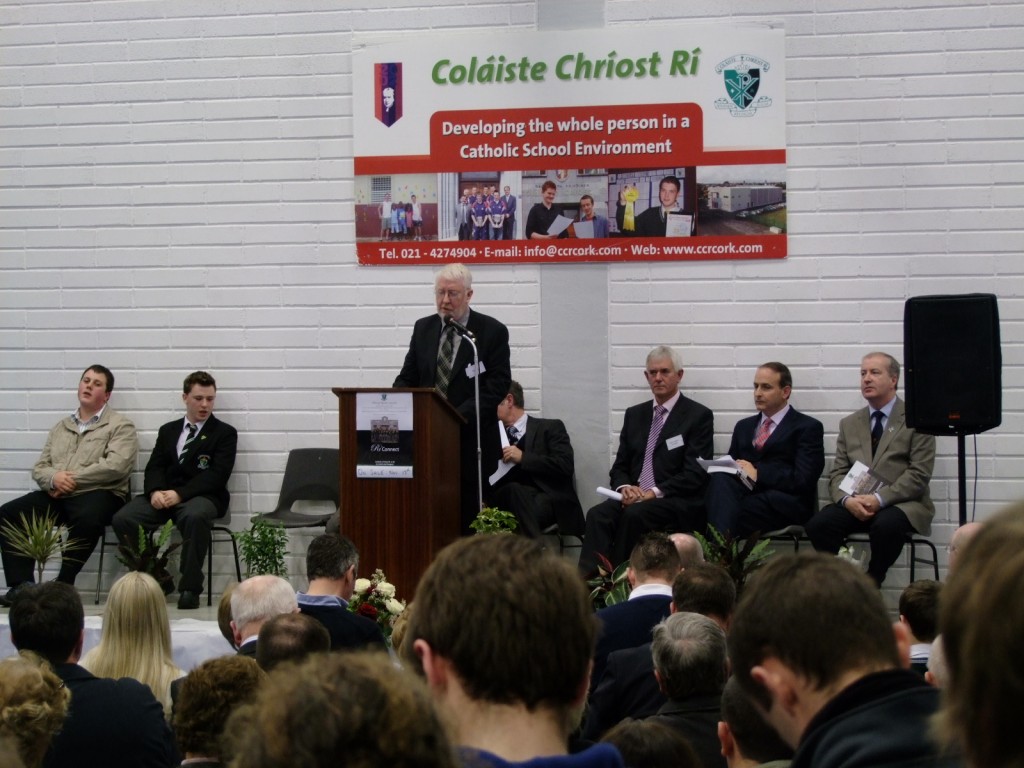Kieran’s Our City, Our Town Column,
Cork Independent, 14 January 2010
In the Footsteps of St. Finbarre (Part 196)
Words of Stone
St John the Baptist in Ovens is not the first church that I have wandered up during the off peak mid afternoon silence in such buildings. I tend to search for clues, memories, looking for plaques and searching for stained glass windows of St Finbarre and his memory in the River Lee valley’s churches. I seem to continue to train my eye in looking for the smaller details of the human experience in the Irish landscape.
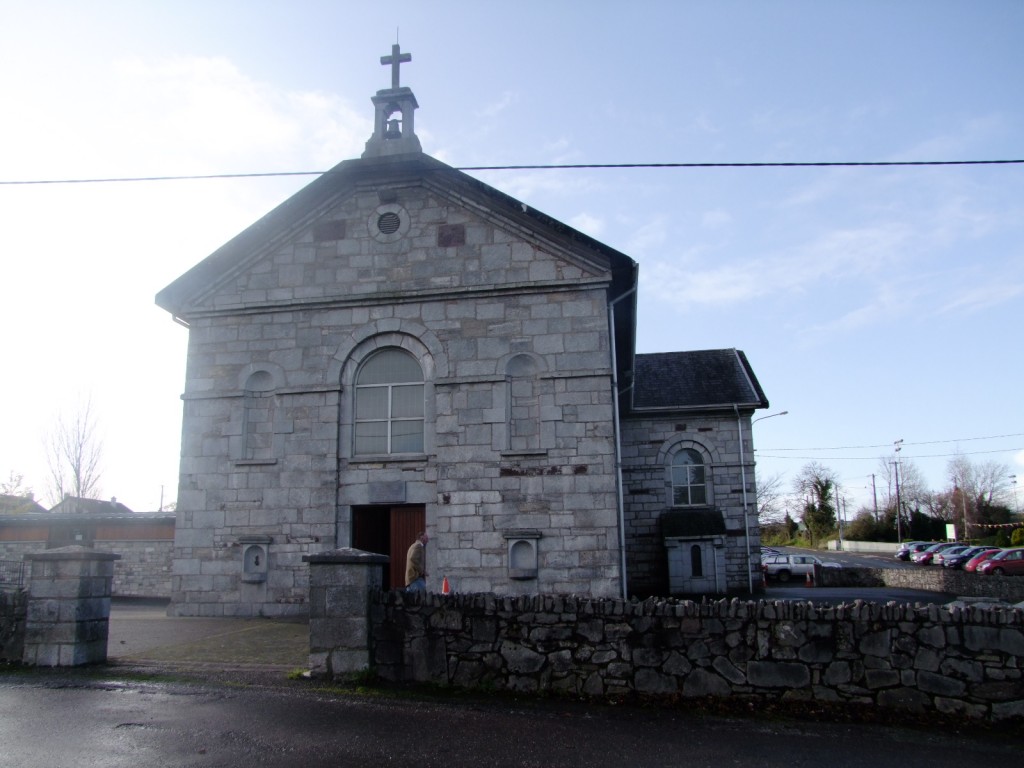
According to Samuel Lewis’s Topographical Dictionary of Ireland (1840s), St John the Baptist Church, Ovens was built in 1835. He described it as ‘handsome’ edifice of hewn limestone in the mixed Gothic and Grecian styles of architecture with well lit tall round headed windows. Its plan is typical of other church structures of its day. Indeed, in the wider context, in 1829 the Catholic Emancipation Act gave much more freedom to Catholics and that strengthened the composition of the church. Hence, new churches such as Ovens were built in Ireland to cope with the expanding congregations. However, these new churches soon became symbols or markers of religious and political change within their respective area and era of origin.
Local history work by Fr. James Tobin in the 1970s, a curate of Ovens, wrote that the church of St John the Baptist became the parish church of the Union of Ovens. In addition, records reveal that in the sacristy of the church at one time was a library of ancient tomes or stones but that history is now lost. There was a school also on the site. It was replaced in 1939 by a new building across the road.
Examining the structure reveals more insights into the ideas that brought it into being. In the architecture itself, the human story of harnessing the Irish landscape is told. I think it was the imposing limestone of St John the Baptist Church that first struck my attention. The district of Ovens, as noted in previous articles, was once known for its caves and mysterious caverns beneath the ground. From this landscape the rock was broken up, taken up and re-imagined as a type of sacred place by the local priest and architect. The excavated stone was carved as blocks for the new church by stone masons but interestingly its foundations still cling to the bedrock from which it comes from. The exterior and interior beauty and aesthetics of church depended on contemporary technology, politics and money. The architect is also entrusted to map a religious journey for the pilgrim. The finished product reveals the talent and ambition of the architect and the community involved in constructing it. Both translated imagined ideas into something physical and something poetic through iconography.
I sat in one of the pews in St. John the Baptist, the light streaming through a stained glass window of the ‘Lamb of God’. At the base is inscribed the name Daniel Walter Murphy, born Muloughroe RIP, 1823 and his Mary A. Bowen, his wife, born Passage, Cork 1823, RIP. A second stained glass window of Mary, Mother of Christ, is inscribed William Bowen Murphy, born Mullaghroe, died Boston. USA, RIP, The inscriptions do not say anymore but do invite the viewer to remember the patron. Through my actions, I perform what the memorial wants me to do. Memorials such as these tend to indirectly highlight the remembered in a high social standing stressing their personal qualities, goodness and piety.
I remember several years ago cutting out an image in the local newspaper of the crucifixion scene in the stained glass windows of Our Lady of Lourdes, Church in Ballinlough, Cork City and remarking on its power to set the imagination running and in recent years marvelling at the dove scene, the Holy Spirit in the choir area of the North Cathedral. Both are pure artistic genius. Standing in St John the Baptist, looking at the stained glass windows, I note in my notebook that even the past was a colourful and imaginative place, where remembering someone or an event was something to cherish. Every place also tends to have a memory, which emanates through some memorial revealing the human experience with its range of emotions – sadness, love that someone wished to record. Every place seems to have a story to tell of survival, struggle and transformation.
Many Irish churches tend to be visited for their sanctity more so for their art and architecture. However, all have an enormous array of expressive meanings waiting to be unlocked. These meanings depend on the viewer’s background, interest and expertise. St. John’s the Baptist has a sense of form, space, light and shade, solidity and weight. The interior, which was revamped in recent times, is built to welcome. It is a monument in its day and seems to give order to that world on reflection and to the present. However, I have to say for me, churches like St. John the Baptist are treasure troves of ideas about the importance of human ideas and how they transform and mark the chaotic world around us.
To be continued…
Captions:
522a. Stained glass window at St John the Baptist Church, Ovens (pictures: Kieran McCarthy)
522b. Exterior of St John the Baptist Church, Ovens
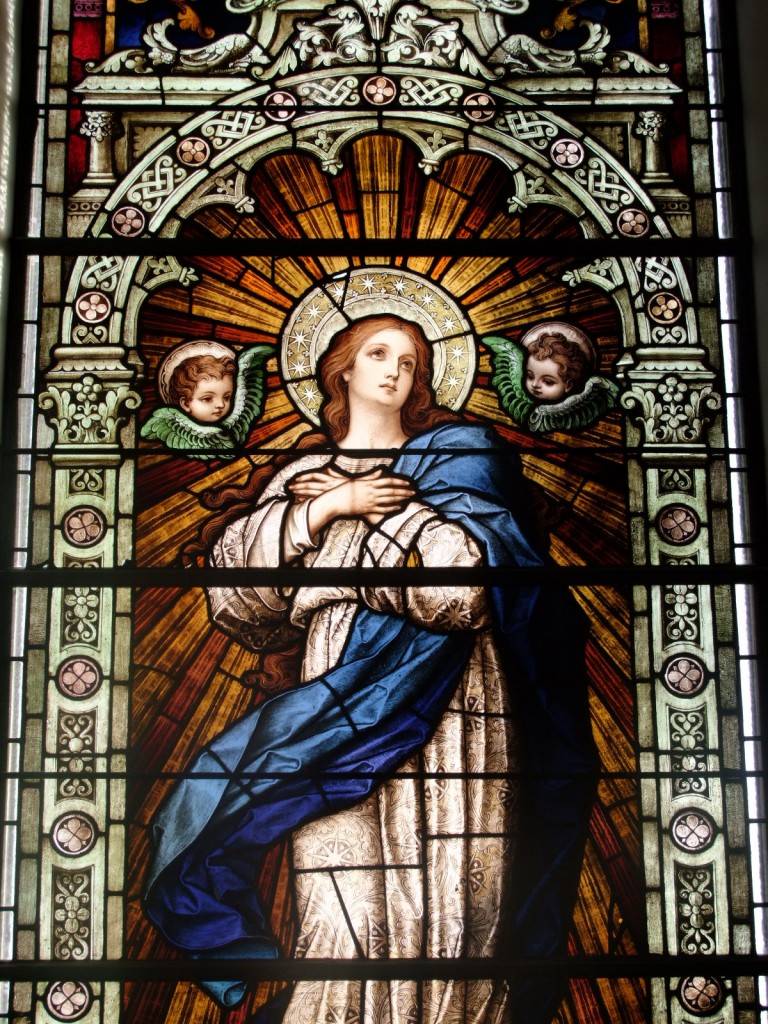
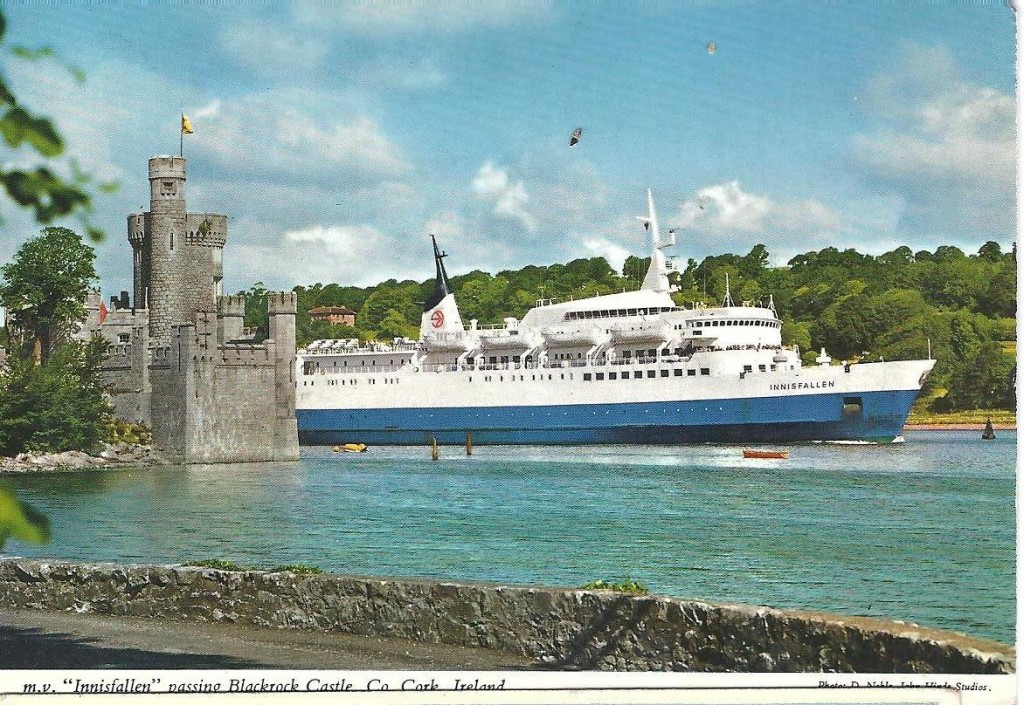
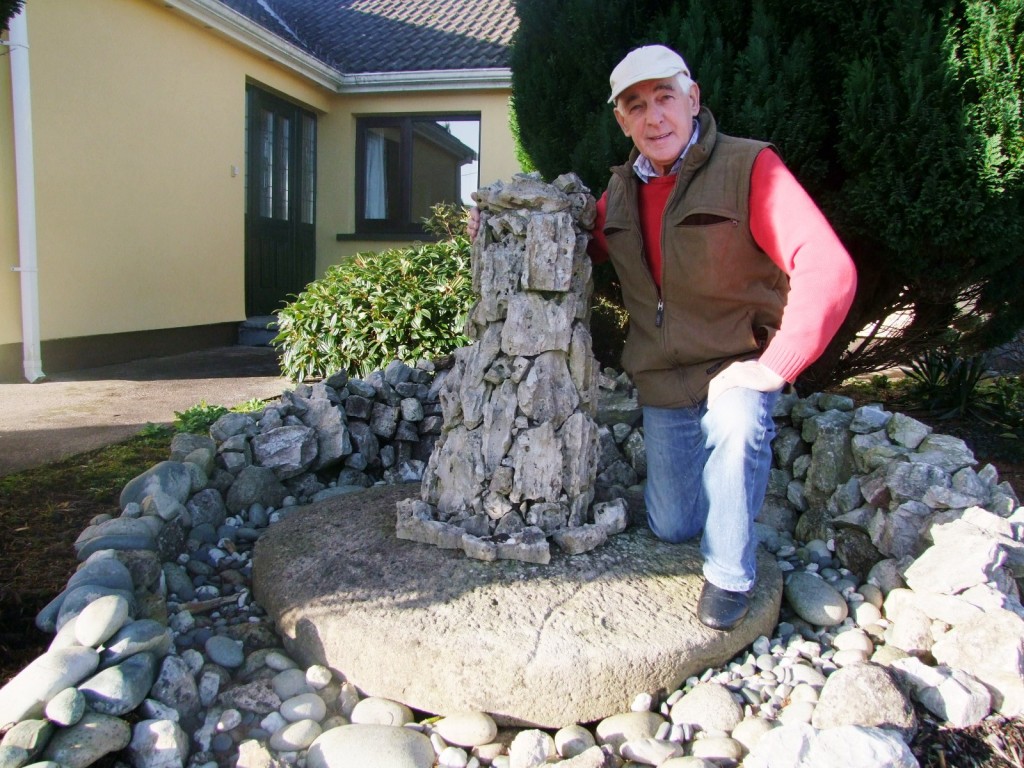
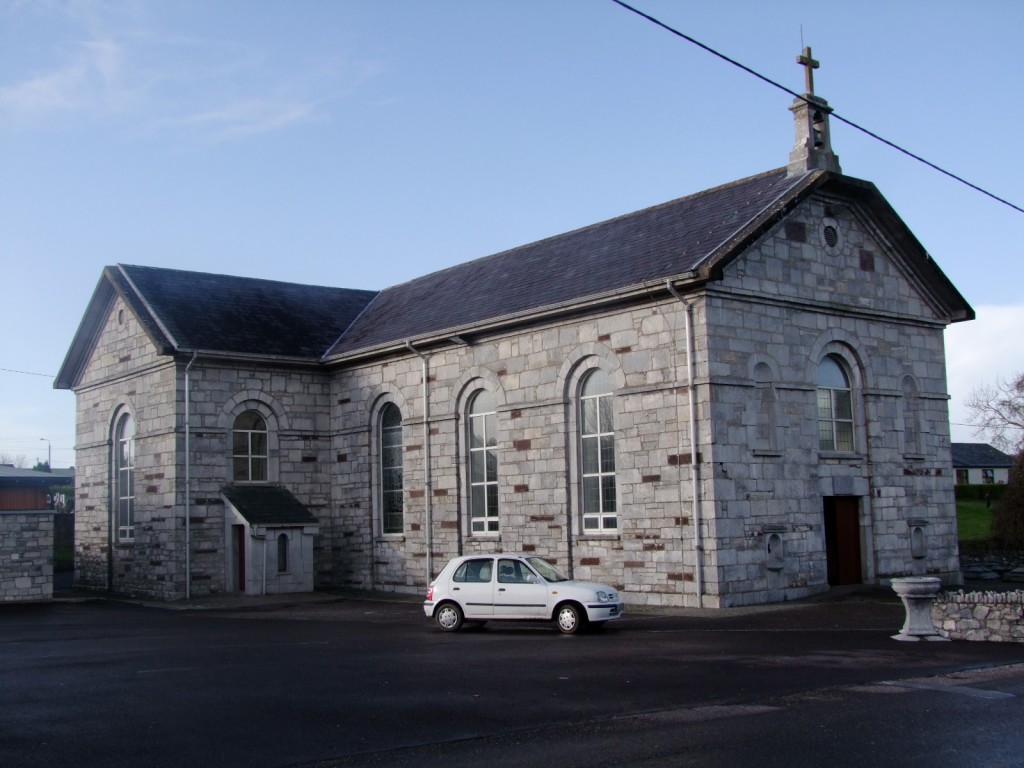



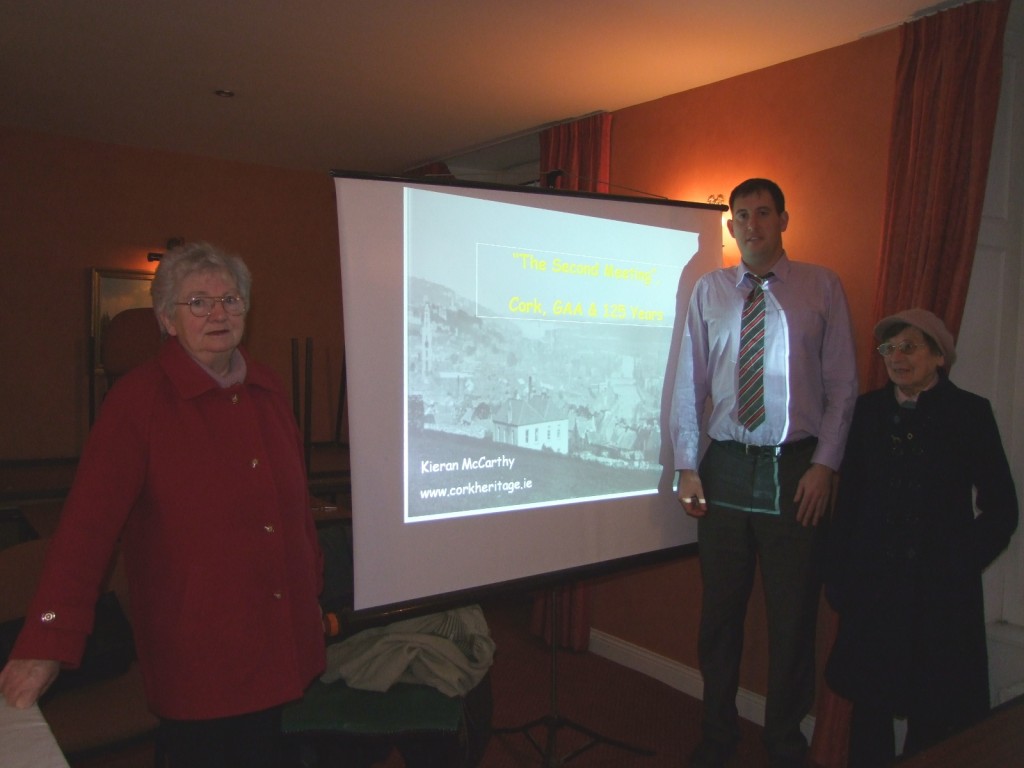
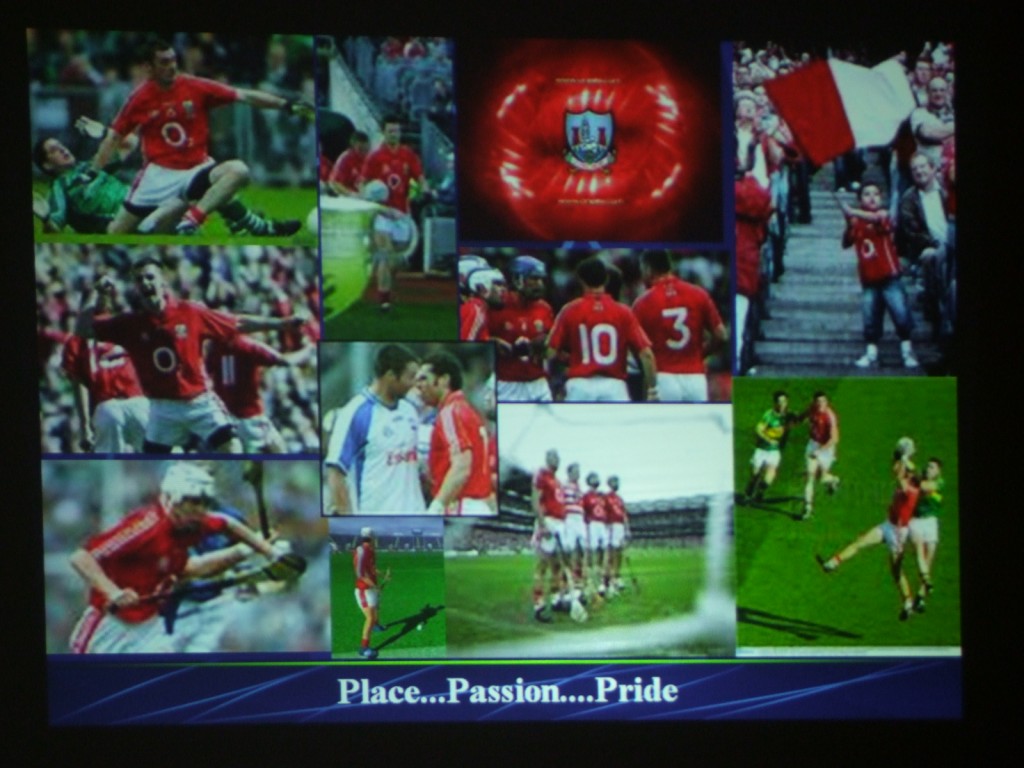

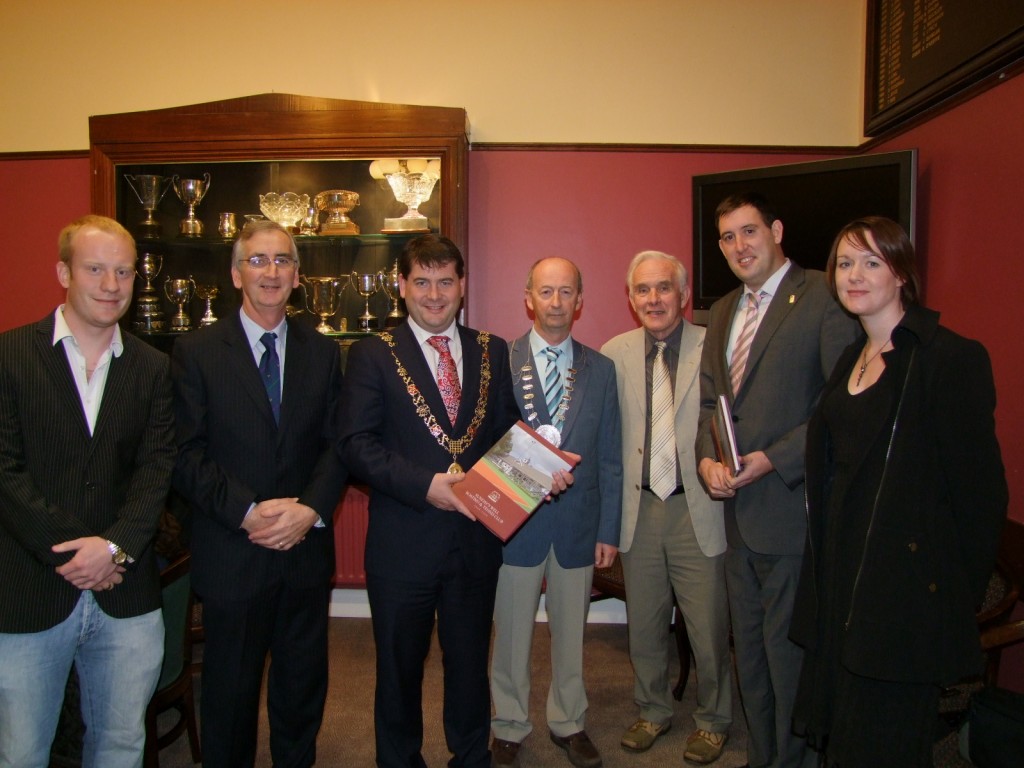
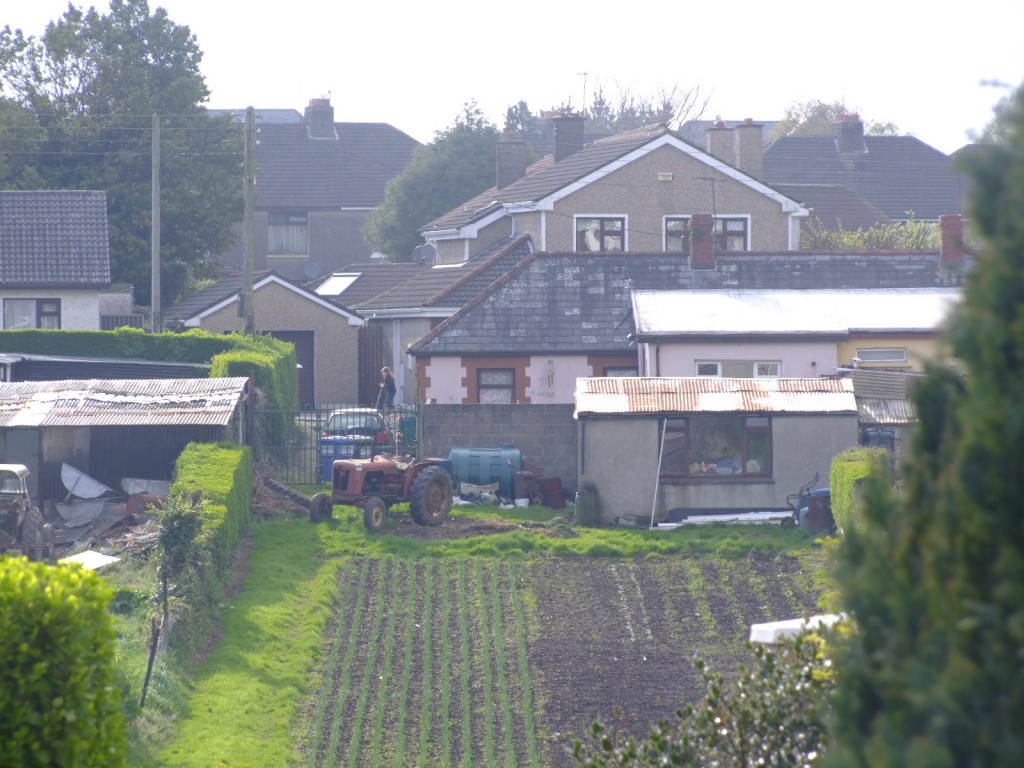
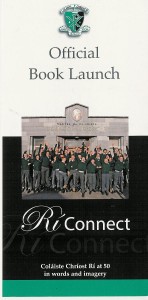 It’s amazing how all types of memories of your school days stay with you. I can remember my first day in Chríost Rí waiting in the yard and Mr. Tobin directing us to our first year rooms.
It’s amazing how all types of memories of your school days stay with you. I can remember my first day in Chríost Rí waiting in the yard and Mr. Tobin directing us to our first year rooms.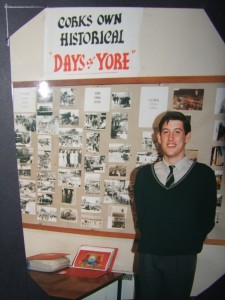 The educational foundation stones put into my young teenage life were significant. Looking back now, I enjoyed the craic and banter of Mr. Lankford’s Irish class as he gave us all a love for Irish culture and introduced many of us to Conradh na Gaeilge. Mr. O’Shea’s English class cultivated in me a love for drama and the arts as we acted out the plays on the Junior Cert course. Other teachers such as Br. Bosco gave me a love of science, equations and figuring things out. Mr. Crowley through Geography developed my early love for the world around me. I remember in third year we went on a fieldtrip to Ardnacrusha on the Shannon basin and my love of rivers began and my interest in their power and beauty. In later years, Mr. O’Leary brought my class out along the Lee on fieldwork and instilled in me a deeper love of physical geography. Many years later, I pursued geography a subject in my degree years in college.
The educational foundation stones put into my young teenage life were significant. Looking back now, I enjoyed the craic and banter of Mr. Lankford’s Irish class as he gave us all a love for Irish culture and introduced many of us to Conradh na Gaeilge. Mr. O’Shea’s English class cultivated in me a love for drama and the arts as we acted out the plays on the Junior Cert course. Other teachers such as Br. Bosco gave me a love of science, equations and figuring things out. Mr. Crowley through Geography developed my early love for the world around me. I remember in third year we went on a fieldtrip to Ardnacrusha on the Shannon basin and my love of rivers began and my interest in their power and beauty. In later years, Mr. O’Leary brought my class out along the Lee on fieldwork and instilled in me a deeper love of physical geography. Many years later, I pursued geography a subject in my degree years in college.